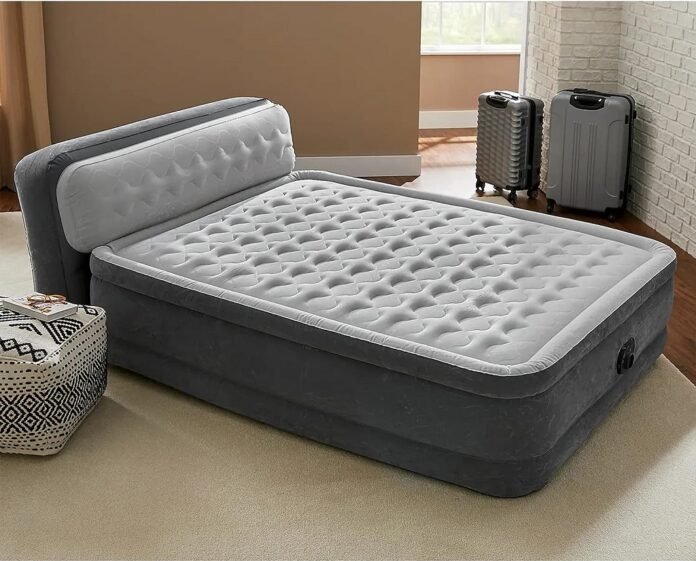Air beds can be a fantastic convenience, whether you’re hosting overnight guests or heading out for a camping trip. However, to ensure that your air bed lasts as long as possible, it’s crucial to understand how to properly inflate and deflate it. Misuse can lead to leaks, tears, and generally decreased lifespan. In this guide, we will discuss the correct ways to inflate and deflate your air bed, and how these methods contribute to its longevity and durability.
Table of Contents
Understanding Air Beds
Air beds, also known as air mattresses, are portable, inflatable beds. They are typically made of PVC, latex, nylon, or rubber. Their design allows you to adjust the firmness according to your comfort by adding or removing air. However, this flexibility also makes them vulnerable to damage if not handled correctly, hence the importance of proper inflation and deflation.
Properly Inflating Your Air Bed
Contrary to what many might think, inflating an air bed is not just about pumping it full of air. Over-inflation can cause unnecessary stress on the seams, leading to tears and leaks. Here’s how to do it right.
- Unroll the air bed and lay it flat on the ground, ensuring there are no sharp objects underneath.
- Locate the valve and attach the pump. Most air beds come with an electric pump, but manual pumps can also be used.
- Start pumping but be mindful not to over-inflate the bed. It should be firm but not hard. If you notice the material straining or the seams stretching, stop pumping.
- Once inflated, quickly close the valve to prevent air from escaping.
Properly Deflating Your Air Bed
Just like inflation, deflation also requires careful handling. Here’s how to do it properly.
- Open the valve and allow the air to start escaping. If your pump has a deflation setting, you can use it to help speed up the process.
- As the air is escaping, start from the end opposite the valve and gently roll the bed towards the valve end. This will help push out any trapped air.
- Once completely deflated, fold and store the bed properly to avoid damage.
Tips for Air Bed Maintenance
In addition to correct inflation and deflation, below are some extra tips to keep your air bed in the best condition.
- Always use a cover or sheet on your air bed. This will help protect the material from body oils and sweat, which can degrade it over time.
- Avoid jumping or sitting heavily on the bed, as this can cause damage.
- Regularly check for leaks. Small leaks can be fixed with a patch kit, but larger ones may require professional repair.
- Clean your air bed regularly, following the manufacturer’s instructions.
Conclusion
In conclusion, the longevity and durability of your air bed depend largely on how you inflate and deflate it. Overdoing it or not doing it right could lead to damages and significantly shorten its lifespan. But, with proper care and maintenance, your air bed can provide comfort for years to come.
It’s important to remember that an air bed is not just an inanimate object, it’s an investment. So, take the time to read the manufacturer’s instructions, use the appropriate air pump, and never over-inflate. Be gentle while deflating, ensuring you do not force the air out as this can cause the seams to burst.
Finally, always store your deflated air bed in a dry, cool place, and away from sharp objects. Proper storage helps to prevent mould, mildew and punctures, further prolonging its life.
To sum it up, proper inflation, deflation, and storage of your air bed are crucial steps that should never be overlooked. They may seem trivial, but the benefits they bring are immense. So, the next time you’re inflating or deflating your air bed, remember these tips. They’ll not only save you money in the long run but will also offer you countless nights of good sleep.








